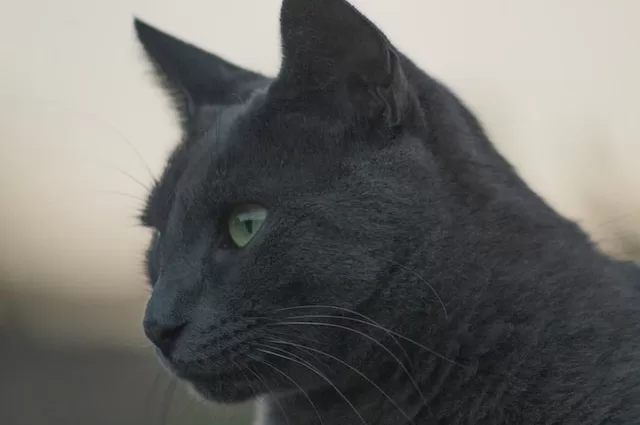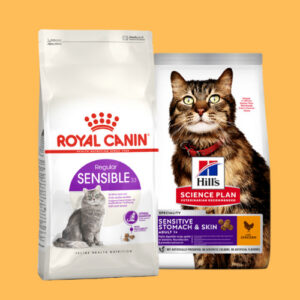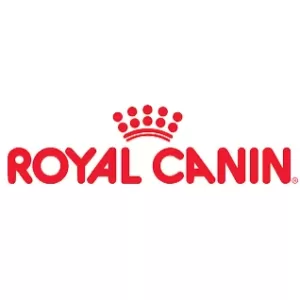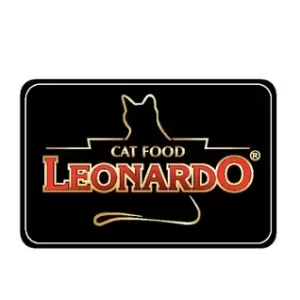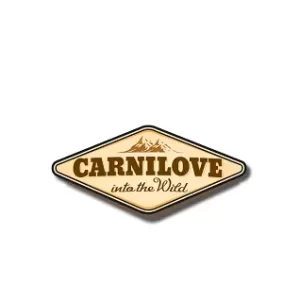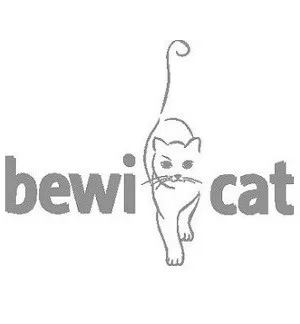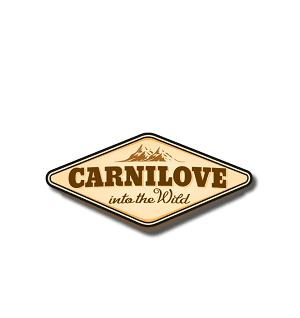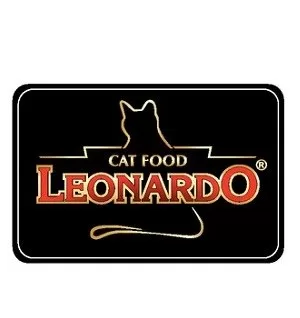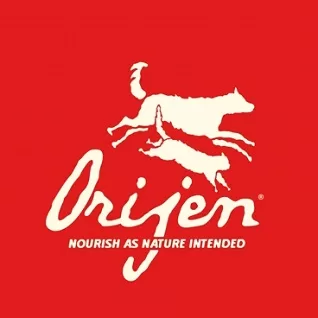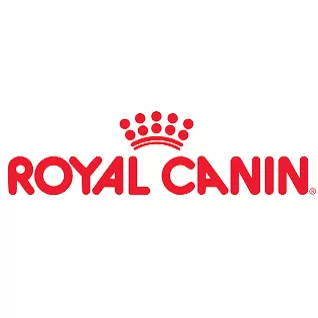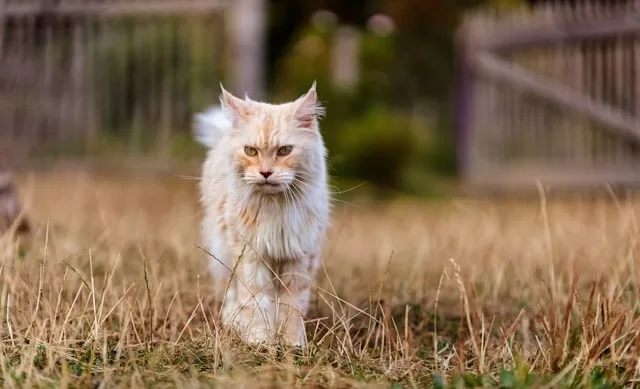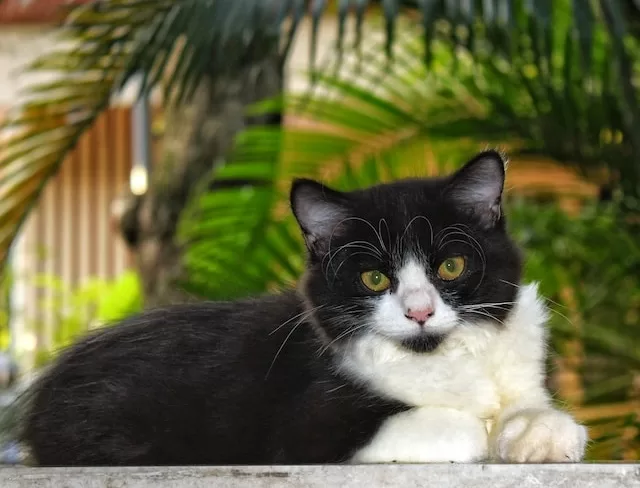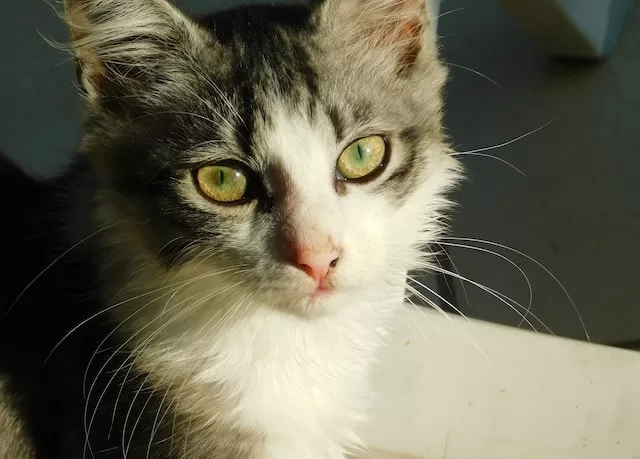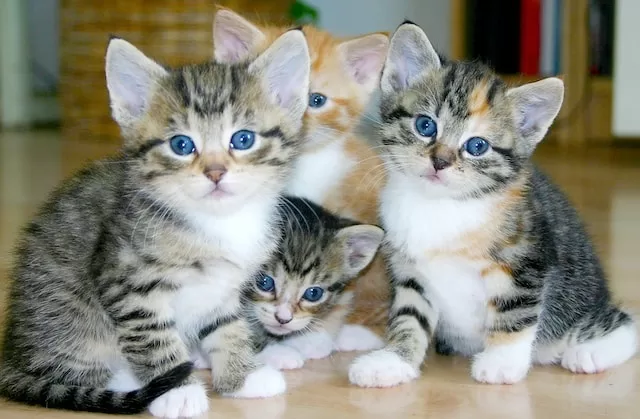Dry cat food, also known as kibble, is a popular choice among cat owners for its convenience and long shelf life. It provides essential nutrients to keep your feline friend healthy and happy.
In this post in Zooandpet Pet Shop, we’ll explore the benefits of dry cat food and offer some tips on choosing the right option for your cat.
Benefits of Dry Cat Food
- Convenience: Dry cat food is easy to store and doesn’t require refrigeration, making it a convenient choice for busy cat owners.
- Dental Health: Many dry cat foods are formulated to promote dental health. The crunchy texture of kibble can help reduce plaque buildup and maintain healthy teeth and gums.
- Cost-Effective: Dry cat food is often more cost-effective compared to wet or canned food options, making it a budget-friendly choice for many cat owners.
- Nutrient Balance: High-quality dry cat food is formulated to provide a balanced mix of essential nutrients, including proteins, carbohydrates, fats, vitamins, and minerals.
Dry Cat Food in Zooandpet Pet Shop
- Product on sale
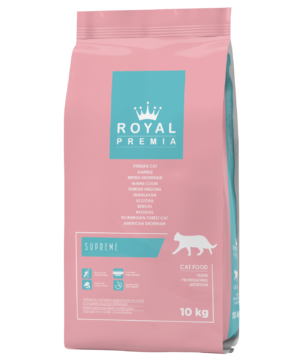 Royal Premia Basic Dry Cat food 10kgOriginal price was: AED 110.00.AED 100.00Current price is: AED 100.00.
Royal Premia Basic Dry Cat food 10kgOriginal price was: AED 110.00.AED 100.00Current price is: AED 100.00. -
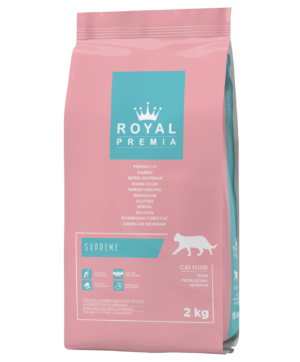 Royal Premia Basic Cat food 2kgAED 36.00
Royal Premia Basic Cat food 2kgAED 36.00 -
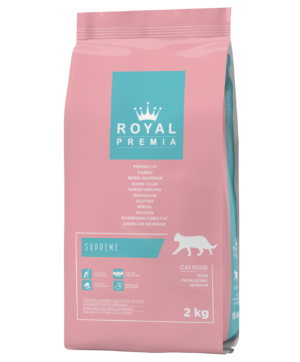 Royal Premia Advance Supreme Cat Food Dry 2kgAED 43.00
Royal Premia Advance Supreme Cat Food Dry 2kgAED 43.00 - Product on sale
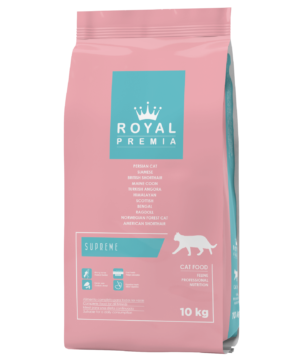 Royal Premia Advance Supreme Dry Cat Food 10kgOriginal price was: AED 150.00.AED 135.00Current price is: AED 135.00.
Royal Premia Advance Supreme Dry Cat Food 10kgOriginal price was: AED 150.00.AED 135.00Current price is: AED 135.00. -
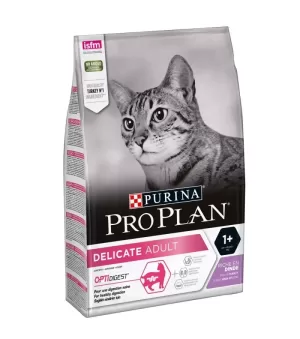 Purina Pro Plan OptiDigest Cat food Turkey 1.5kgAED 80.00
Purina Pro Plan OptiDigest Cat food Turkey 1.5kgAED 80.00 -
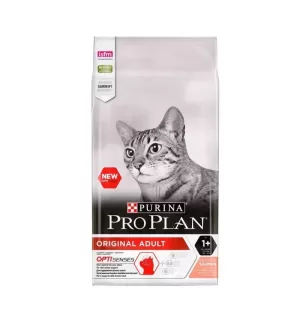 Purina Pro Plan Original Optirenal Adult Cat food Salmon 1.5kgAED 75.00
Purina Pro Plan Original Optirenal Adult Cat food Salmon 1.5kgAED 75.00 -
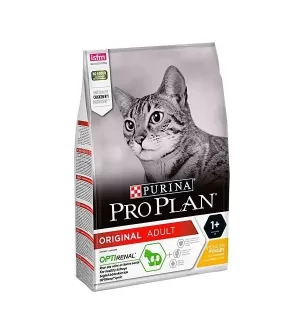 Purina Pro Plan Original Optirenal Adult Cat Chicken 1.5kgAED 75.00
Purina Pro Plan Original Optirenal Adult Cat Chicken 1.5kgAED 75.00 -
 Purina Pro Plan Elegant Optiderma Cat food 1.5kgAED 80.00
Purina Pro Plan Elegant Optiderma Cat food 1.5kgAED 80.00 -
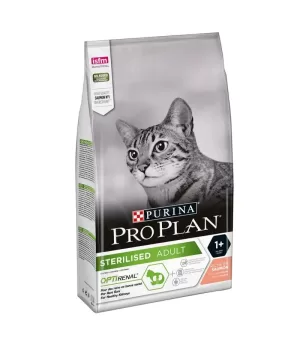 Purina Pro Plan Sterilised Cat food Salmon 1.5kgAED 80.00
Purina Pro Plan Sterilised Cat food Salmon 1.5kgAED 80.00
Choosing the Right Dry Cat Food
- Read the Label: Check the ingredients list to ensure that real meat (like chicken, turkey, or fish) is listed as the primary ingredient. Avoid foods with excessive fillers like corn or by-products.
- Protein Content: Cats are obligate carnivores, meaning they need a higher protein intake. Look for cat foods with a protein content of at least 30%.
- Avoid Artificial Additives: Opt for dry cat food that avoids artificial colors, flavors, and preservatives. Natural ingredients are generally better for your cat’s health.
- Consider Special Needs: If your cat has specific dietary needs (e.g., weight management, allergies), choose a dry food tailored to those needs.
- Consult Your Veterinarian: If you’re unsure about which dry cat food to choose, consult your veterinarian. They can provide recommendations based on your cat’s individual health and requirements.
Subscribe to Zooandpet Pet Shop newsletter!
For weekly offers, promotion, discounts and coupons.
Tips for Feeding Dry Cat Food
- Portion Control: Follow the feeding guidelines on the packaging to avoid overfeeding. Obesity can lead to various health issues in cats.
- Fresh Water: Always provide fresh water alongside dry cat food. Proper hydration is crucial for your cat’s overall health.
- Transition Slowly: If you’re switching your cat’s diet, do it gradually over the course of a week to prevent digestive upset.
- Store Properly: Seal the bag of dry cat food tightly and store it in a cool, dry place to maintain its freshness.
Top Dry Cat Food Brands
Overall
Dry cat food offers a convenient and balanced option for feeding your feline friend. By choosing high-quality kibble with real meat ingredients and paying attention to your cat’s specific needs, you can ensure that your cat enjoys a nutritious and delicious diet.
Remember to consult your veterinarian if you have any concerns about your cat’s diet or health.

